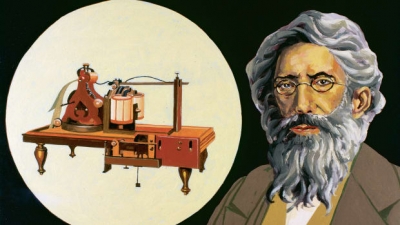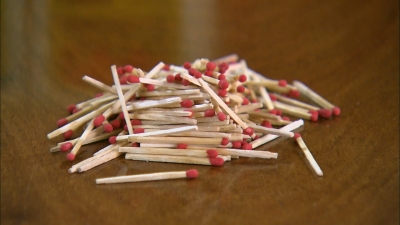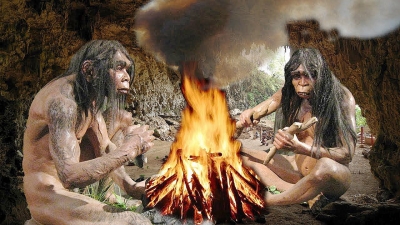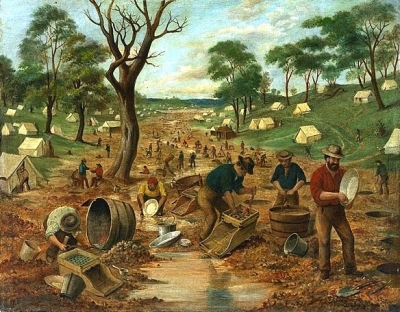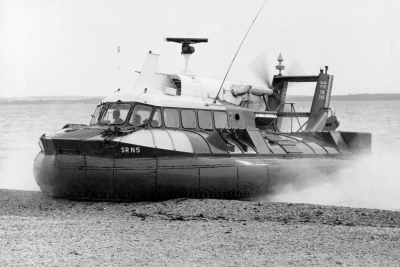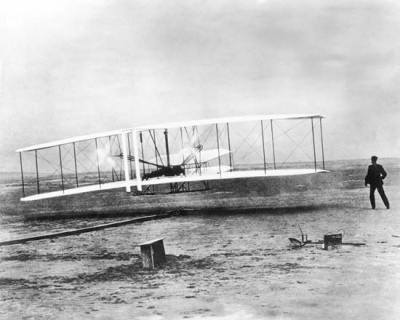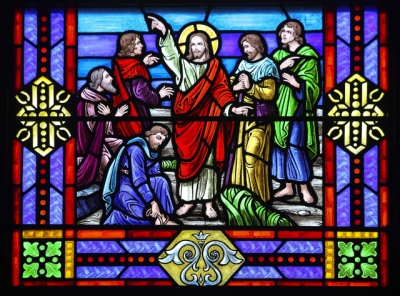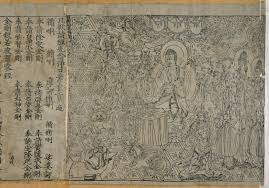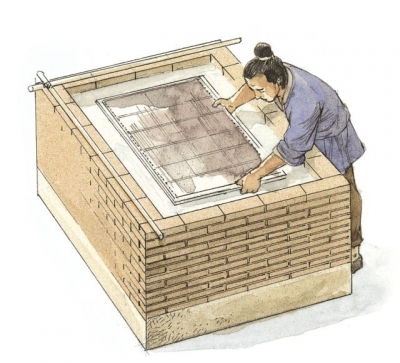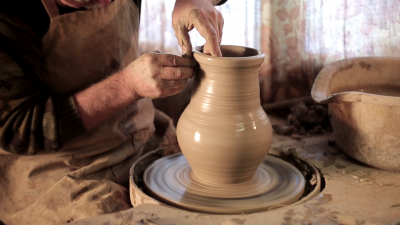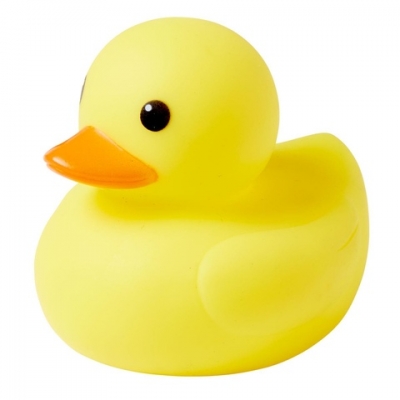When was the television invented?
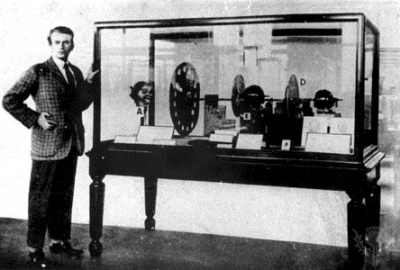
The television was not ‘invented’ at one particular time by one particular person. The processes which enable a television to operate were developed over a period of time.
In 1875, G.R. Carey made the first basic television system using photoelectric cells. An object was focused through a lens onto a bank of photoelectric cells. Each cell controlled how much electricity would be passed on to a light bulb. Crude outlines of the object then appeared in lights.
1923 brought the first practical transmission of pictures over wires. There was also a great development in television camera technology.
By 1945 the television as we know it today had been developed.
Continuous technological developments have meant that the quality of television pictures has improved dramatically.
Fact File With the use of communication satellites, TV programmes can be beamed to the most remote parts of the world, including the Amazon jungle! |
Picture Credit : Google
